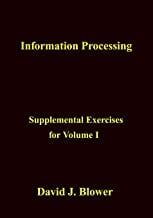DAVID JOHN BLOWER, 70, passed away suddenly on February 26, 2018. David was born May 12, 1947 in Akron, Ohio, the eldest child of Basil and Jean Blower. He graduated from Ohio State University with a degree in Psychology. He then enlisted in the US Army, spending nearly three years in Berlin, where he met his wife, Elizabeth Claude Blower. Following his honorable discharge from the Army, David continued his academic studies at Stanford, where he received his PhD in Experimental Psychology. He then joined the US Navy, serving at NAMRL Pensacola, FL, NADC Pennsylvania, and Naval Research Center at the University of Central Florida, Orlando. He returned to NAMRL in 1988, retiring honorably from military service in 1994.
David spent his retirement years writing and publishing four books on Information Processing, the Principle of Maximum Entropy, and Bayes Theorem.
You can download the books below
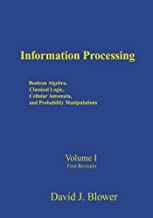
Information Processing: Boolean Algebra, Classical Logic, Cellular Automata, and Probability Manipulation
Volume I was corrected and revised in September 2017. This book begins the task of defining, explaining, arguing for, and, in the end, providing a rationale for information processing. Volume I is concerned with the notion that an information processor is mainly engaged in making inferences. An information processor would prefer to reach definite conclusions by using some form of deduction. Unfortunately, it is often thwarted in this desire by a fundamental lack of relevant information. Probability theory has developed as a rigorous way of dealing with the uncertainty surrounding inference. Thus, we begin by treating some of the formal manipulation rules that crop up in probability theory. To provide some foundational basis for the applications to appear in later Volumes, the topics of Boolean Algebra, Classical Logic, and Cellular Automata will make an appearance here.
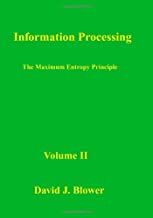
Information Processing: The Maximum Entropy Principle
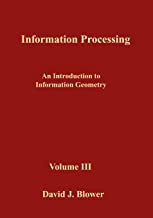
Information Processing: An Introduction to Information Geometry
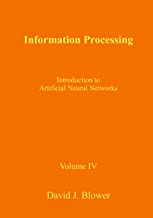
Information Processing: Introduction to Artificial Neural Networks
